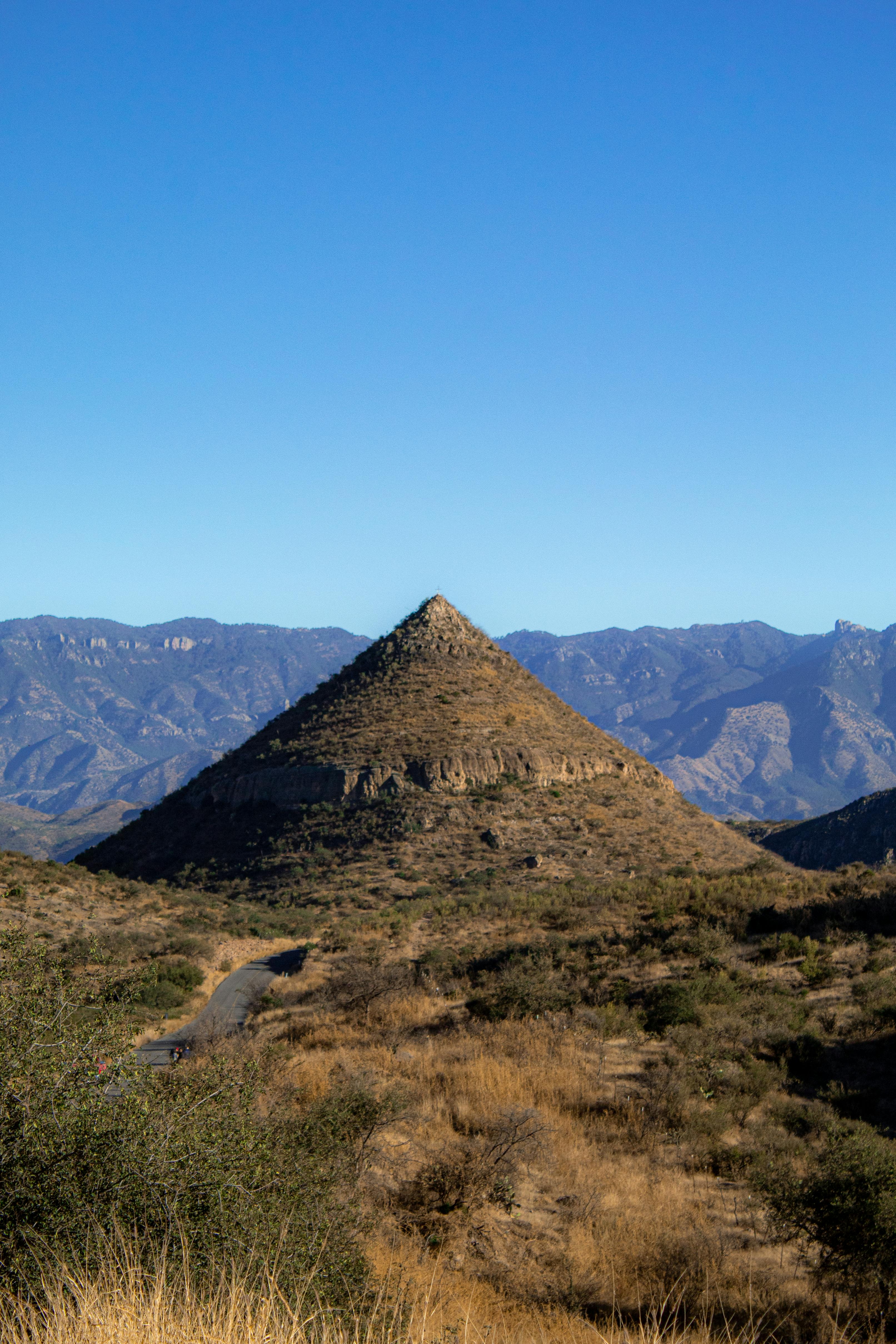
Deep within the isolated mountain ranges of Mexico, beneath layers of earth and time, a remarkable secret lay waiting. What began as a routine cave-mapping expedition for a professional spelunker and her guide soon transformed into an archaeological revelation, shedding an unprecedented light on a civilization long lost to history. This wasn’t merely a collection of old objects; it was a profound glimpse into the spiritual and cultural heart of an enigmatic ancient people.
Speleologist Yekaterina ‘Katiya’ Pavlova, a seasoned explorer with six years of experience mapping intricate subterranean worlds, embarked on this journey with local guide Adrián Beltrán Dimas. Their destination was Tlayócoc Cave, a place known to locals but whose deepest secrets remained shrouded in mystery. Their shared passion for exploration led them to push beyond the known, navigating passages that had likely remained untouched for centuries, ultimately stumbling upon evidence that would captivate archaeologists and historians alike.
The discovery, initially dismissed as modern refuse, proved to be far more significant—a cache of 14 ancient artifacts believed to be from the little-known Tlacotepehua culture. These objects, found carefully arranged within a hidden chamber, whisper tales of fertility rituals performed more than 500 years ago. Their story is a testament to perseverance, the allure of the unknown, and the power of the Earth to safeguard the legacies of forgotten civilizations.
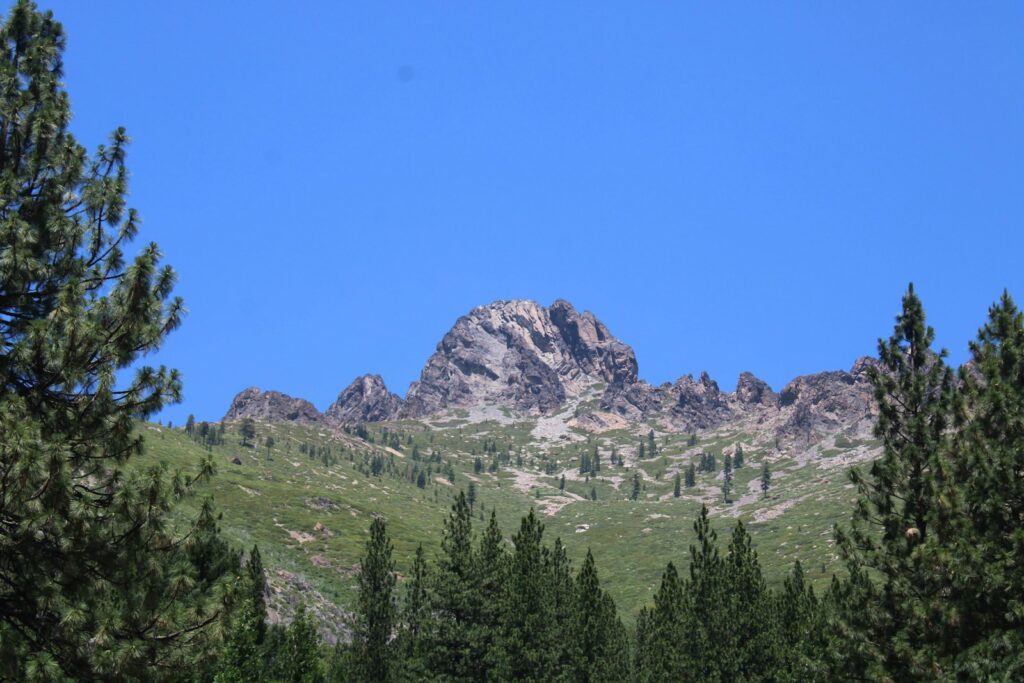
1. **The Initial Discovery: A Moment of Revelation in Tlayócoc Cave**The profound journey into the Tlayócoc Cave began in September 2023, high in the mountains of Mexico’s Guerrero state. Katiya Pavlova and Adrián Beltrán Dimas, driven by a desire to chart new territories within the cavern system, ventured into its depths. Their mission was to explore all known areas and then to investigate an unmapped underwater passage, a decision that would forever change their understanding of the cave and its historical significance.
As they navigated the dark, silent passages, an air of anticipation must have accompanied their every move. The act of spelunking is inherently one of discovery, but few expeditions yield such monumental findings. It was in this spirit of relentless exploration that Pavlova and Beltrán pushed forward, their eyes peeled for any sign of the unknown, any hint of what the ancient earth might conceal.
Their perseverance paid off spectacularly. What they eventually found was not merely another geological formation or a simple extension of the cave, but a chamber that held a silent vigil over centuries of human history. It was a space that had been purposefully sealed by time and terrain, preserving secrets that no one had glimpsed in half a millennium, waiting patiently for intrepid explorers to rediscover its ancient narrative.
This initial encounter set the stage for an archaeological breakthrough, turning a cave-mapping trip into a vital expedition that would ultimately contribute invaluable insights into Mexico’s pre-Hispanic past. The sheer excitement of such a find, in a place so remote and untouched, underscores the unique blend of adventure and historical detective work inherent in speleology.
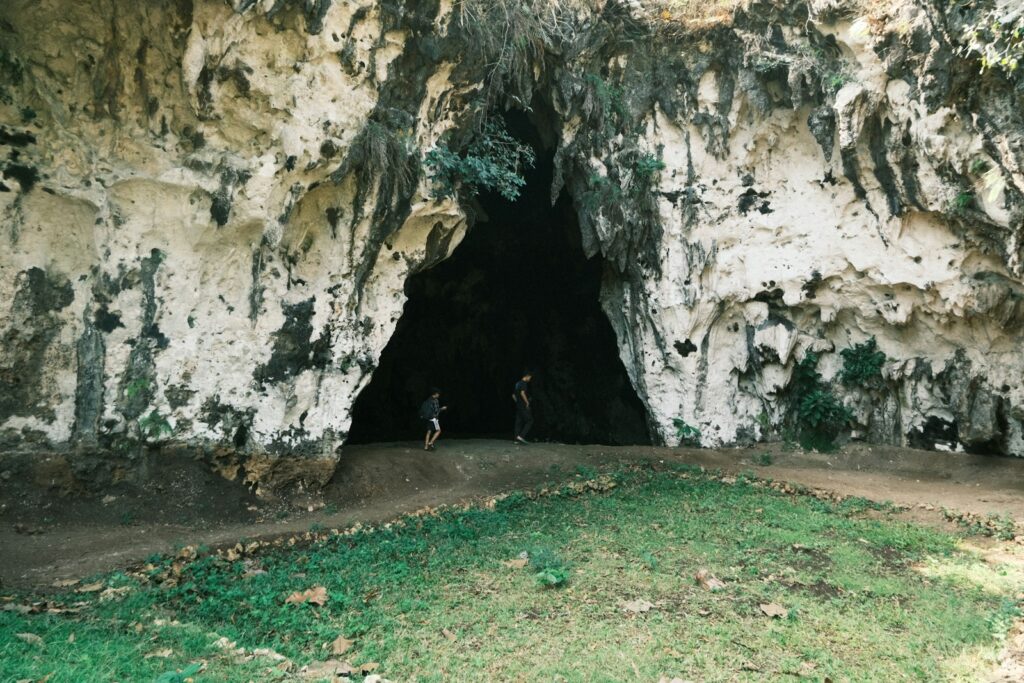
2. **Tlayócoc Cave: A Realm Shrouded in Natural and Cultural Significance**Named “Cave of Badgers” in the Indigenous Nahuatl language, Tlayócoc Cave is nestled approximately 7,800 feet (2,380 meters) above sea level in the Mexican state of Guerrero. Its elevation and secluded location have naturally preserved its mysteries, keeping its deepest chambers hidden from human intervention for centuries. This natural fortress became the silent keeper of a vanished culture’s legacy.
Locally, the cave has long been recognized for its practical resources rather than its hidden archaeological treasures. It serves as a valuable source of water for the community, a life-sustaining element in the arid mountain landscape. Additionally, its abundant bat guano has traditionally been collected by locals, likely for use as a natural fertilizer in their gardens.
Despite its local utility, the more remote and challenging sections of Tlayócoc Cave remained largely unexplored by modern individuals. The arduous ascent to its entrance and the claustrophobic nature of its interior passages acted as natural deterrents, ensuring that its profound secrets remained undisturbed. This lack of extensive human interference proved to be a critical factor in the remarkable preservation of the artifacts found within.
The cave’s dual identity—both a practical resource for local communities and a geological marvel guarding ancient secrets—highlights the layers of meaning it holds. Its very name, reflecting a connection to the natural world, subtly foreshadows the deeper, symbolic ties ancient peoples held with such subterranean spaces.
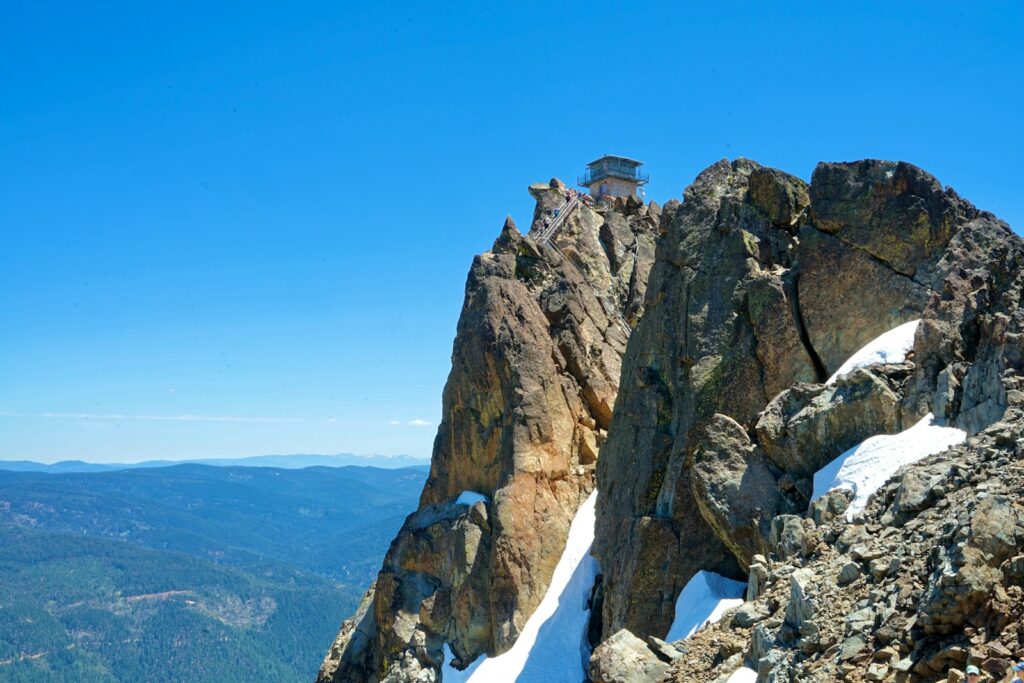
3. **The Perilous Journey: Navigating Tlayócoc’s Uncharted Depths**The expedition into Tlayócoc Cave was anything but straightforward, demanding immense courage and expertise from its explorers. After ascending a steep, narrow passage, Pavlova and Beltrán encountered a flooded tunnel that marked the true gateway to the cave’s deepest mysteries. This was where the known world ended, and the uncharted began.
Roughly 500 feet (150 meters) into the cave, the ceiling dramatically dipped down, transforming the passage into a formidable underwater challenge. The explorers were faced with a gap of just 6 inches (15 centimeters) between the water’s surface and the unforgiving cave ceiling. This extremely narrow opening required them to hold their breath and dive, pushing their physical and mental limits to continue forward.
Katiya Pavlova’s leadership and bravery were pivotal at this critical juncture. She recalled, “Adrián was scared, but the water was deep enough, and I went through first to show him it wasn’t that difficult.” Her confidence and example enabled them to navigate this treacherous obstacle, illustrating the profound trust and collaboration essential for such high-stakes explorations into the earth’s hidden realms.
Having successfully navigated the submerged entrance, the passage opened into a concealed chamber. This secluded space, silent and unvisited for centuries, presented itself as a pristine capsule of time. It was here, after enduring such physical demands and mental resolve, that the true enigma of Tlayócoc Cave would finally begin to unfold before their eyes, revealing a story centuries in the making.
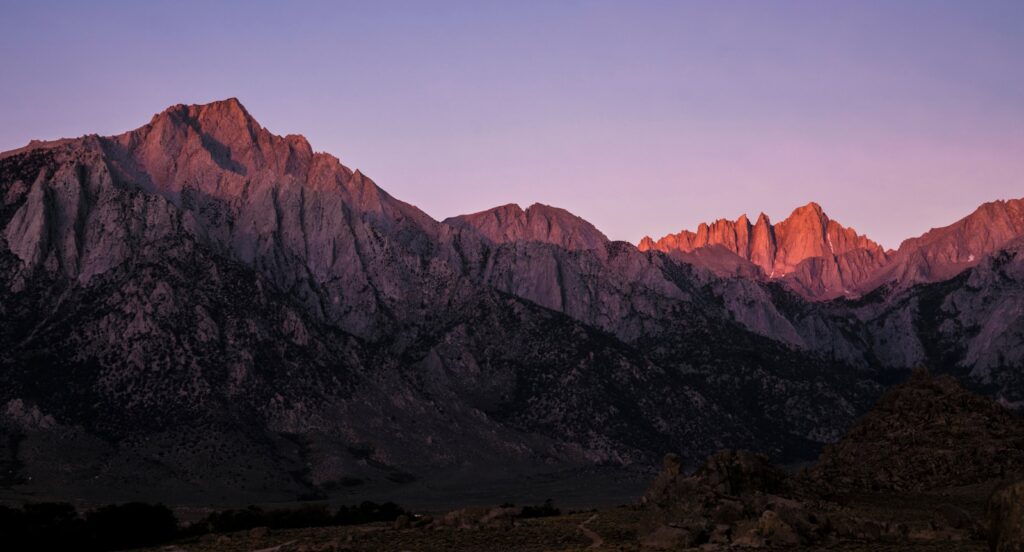
4. **The “Trash” Revelation: From Annoyance to Awe**Upon entering the previously untouched chamber, Katiya Pavlova’s initial reaction was not one of awe, but rather of irritation. She believed she had stumbled upon a pile of modern refuse, likely left behind by a careless contemporary litterbug. The sight of what appeared to be discarded plastic or metal in such a pristine, remote location was initially frustrating for the professional speleologist.
However, a closer, more discerning inspection quickly dispelled her initial assumption. The “trash” was not contemporary at all; it possessed an unmistakable form and purpose that spoke of ancient craftsmanship and deliberate placement. What looked like mangled equipment or rubbish soon revealed itself to be a cache of artifacts, carefully arranged and patiently awaiting rediscovery.
This shift from anger to profound wonder highlights the unexpected nature of archaeological finds, especially in such unconventional settings. The realization that they had not found discarded waste but rather centuries-old relics left by human hands transformed the moment into an “exciting and incredible” experience, as Pavlova herself later described it. “We were lucky here,” she exclaimed, perfectly capturing the serendipity of their discovery.
The immediate recognition of the objects’ historical significance prompted Pavlova and Beltrán to take swift and responsible action. Instead of disturbing the delicate arrangement, they immediately contacted Mexico’s National Institute of Anthropology and History (INAH). This prompt communication ensured that professional archaeologists could examine and recover the artifacts with the utmost care, preserving their context and maximizing the potential for scientific understanding.

5. **The Four Shell Bracelets: Ornaments of Ancient Ritual**Among the initial cluster of objects that caught the explorers’ attention were four distinctive shell bracelets. These intricate ornaments, crafted with evident skill and purpose, immediately suggested a ceremonial rather than utilitarian function. Their presence hinted at a deeper narrative, one woven into the fabric of ancient Mesoamerican spiritual practices and beliefs, making them invaluable clues for archaeologists.
Three of these bracelets were adorned with incised decorations, showcasing the artistry of their creators. The context suggests that these bracelets were carved from marine snail shells, possibly from the majestic Triplofusus giganteus, a species known for its size and beauty. Another fragment, made from a mollusk shell, further broadened the scope of materials utilized by the ancient artisans, reflecting a connection to the sea despite the cave’s mountain location.
What made the bracelets particularly compelling was their precise placement. They had been carefully looped around small, naturally formed stalagmites within the chamber, an arrangement that struck observers as deliberate and symbolic. Archaeologists later noted that these stalagmites possessed “phallic connotations,” a detail that would prove crucial in interpreting the overall ritualistic purpose of the site.
This intentional positioning, described as being “like a ring on a finger,” transformed the bracelets from mere adornments into vital components of a presumed ancient ritual. Their delicate beauty and carefully chosen placement firmly established them as central pieces in the fascinating puzzle of the Tlayócoc Cave discovery, offering tantalizing hints about the beliefs of the Tlacotepehua people.
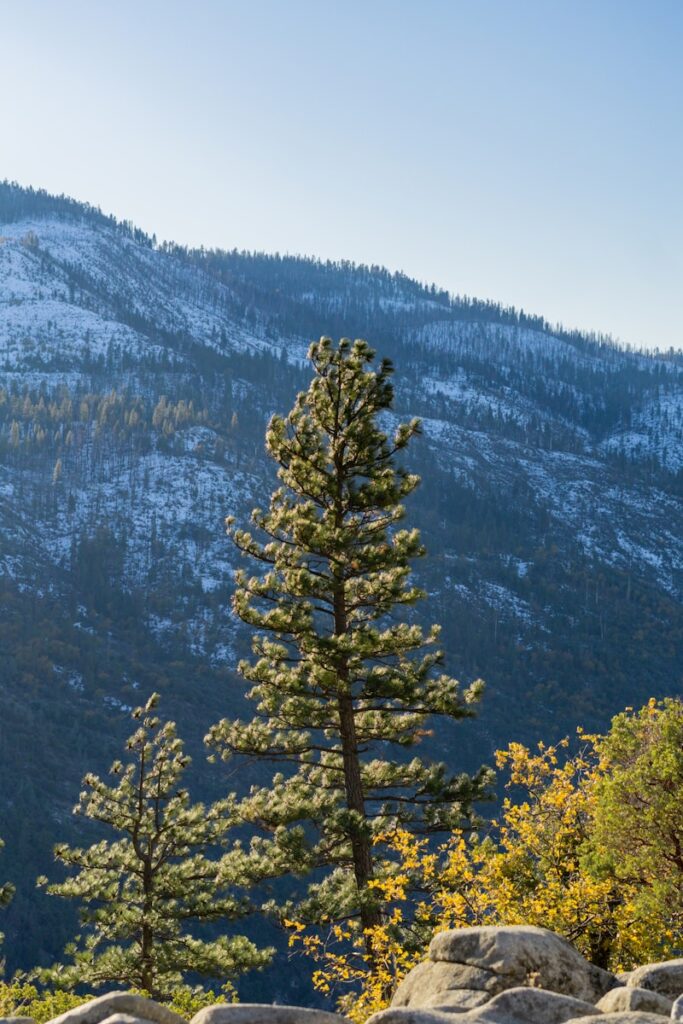
6. **The Giant Decorated Snail Shell: A Focal Point of the Cache**One of the most striking objects among the discovered artifacts was a remarkably large snail shell, identified as belonging to the genus Strombus. This imposing shell, far from being a natural inclusion, bore the unmistakable marks of human modification and decoration, signifying its profound cultural importance to the ancient people who placed it there. Its sheer size and deliberate embellishments suggested it was a significant offering.
The Strombus shell was not only large but also elaborately decorated with carved patterns, indicating a painstaking effort in its preparation. Furthermore, it featured small perforations, suggesting it might have been used in a specific ceremonial capacity, perhaps for suspension or as part of a larger symbolic ensemble. Its presence underscored the sophisticated artistic and ritualistic practices of the Tlacotepehua culture.
In some accounts, other enigmatic artifacts, such as the mysterious bracelets, were found propped against this giant, decorated shell. This arrangement suggests that the Strombus shell itself might have served as a central element within the ritualistic display, acting as a kind of anchor or focal point for the other offerings. Its substantial presence would undoubtedly have commanded attention within the dimly lit cave chamber.
This decorated shell, retrieved from the deep recesses of Tlayócoc Cave, thus emerges not just as an object but as a storyteller. It provides vital clues about the aesthetic preferences, symbolic language, and the ceremonial significance that marine life held for an ancient people residing high in the Mexican mountains. Its journey from the sea to a mountain cave chamber speaks volumes about ancient trade networks and cosmological beliefs.
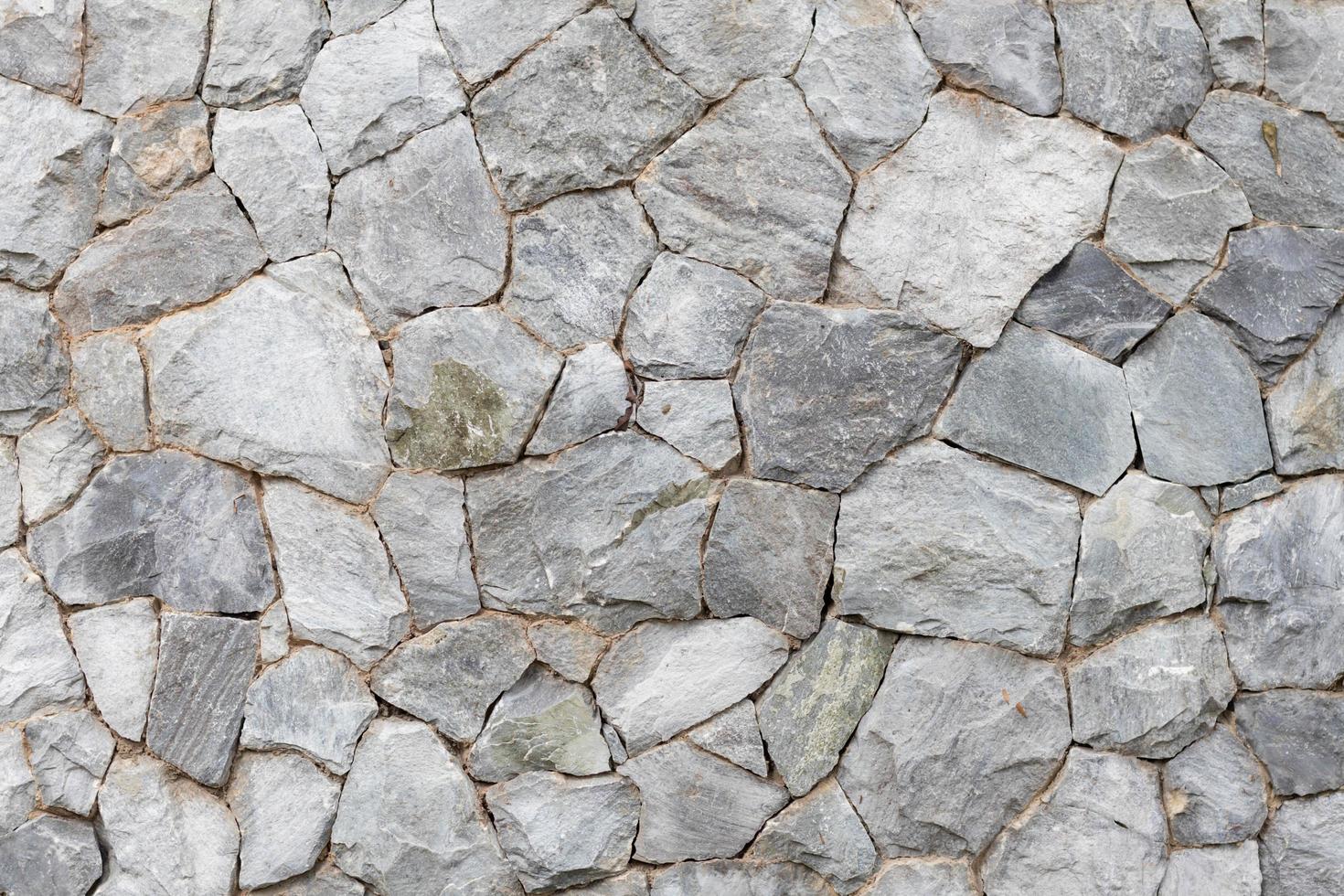
7. **The Stone Discs and Fragments: Echoes of Ancient Mirrors and Astronomy**The collection of artifacts also included a series of intriguing stone discs, some complete and others found as fragments. In total, archaeologists recovered two complete stone disks and six disk fragments, bringing the count to eight pieces in all. These objects, simple in their form yet potentially rich in symbolism, offered another layer of insight into the practices of the Tlacotepehua culture.
These discs garnered particular attention due to their similarity to ancient pyrite, or “fool’s gold,” mirrors found in other Mesoamerican cultures. Such mirrors were not merely reflective surfaces; they often held profound spiritual significance, believed to be portals to other realms or tools for divination and astronomical observation. The Tlayócoc discs, though not explicitly stated as mirrors, suggest a comparable importance.
Their presence in the cave, alongside other ceremonial objects, strengthens the hypothesis that the chamber was used for rituals. These discs, whether used for reflection, as offerings, or for symbolic purposes, represent a tangible connection to a broader Mesoamerican tradition where such objects played a vital role in connecting the terrestrial with the cosmic. Their smooth, dark surfaces would have absorbed the sparse light of the cave, adding to the mystique of the offerings.
Further adding to their significance, the black stone discs found in Tlayócoc Cave bear resemblances to those discovered in nearby archaeological zones, such as El Infiernillo, and even more distant cultures like the Huasteca. This comparison hints at potential trade networks or shared cultural influences across Mesoamerica, making these seemingly simple stone fragments powerful indicators of ancient interconnectedness and cultural exchange.
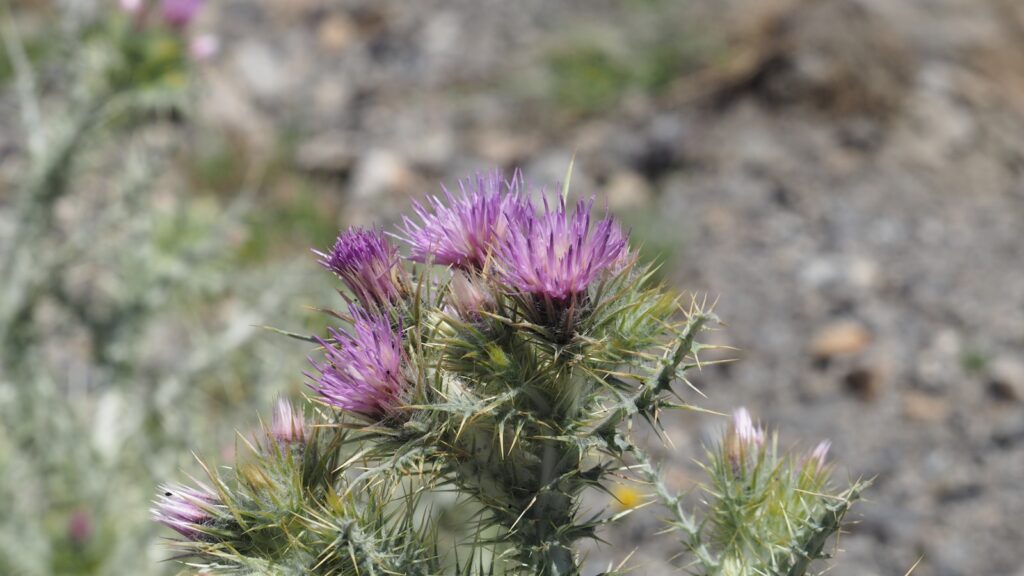
8. **The S-shaped “Xonecuilli” Symbol: Celestial and Temporal Links**Among the incised decorations adorning the shell bracelets, one symbol stood out with particular significance: the S-shaped motif known as “xonecuilli.” This intricate carving immediately sparked interest among archaeologists, pointing towards a deeper symbolic language embedded within the Tlacotepehua culture. Its delicate lines, etched into the ancient shell, speak volumes about the meticulous artistry and profound cosmological understanding of its creators.
In the Indigenous Nahuatl language, “xonecuilli” translates to “crooked foot,” a descriptor that perhaps hints at its visual representation or metaphorical meaning. Crucially, this symbol is strongly associated with the planet Venus, a celestial body that held immense importance in Mesoamerican astronomy and religious thought. The movements of Venus were carefully observed and woven into complex calendars, influencing everything from agricultural cycles to ritualistic timings.
The presence of the “xonecuilli” symbol on these ceremonial bracelets thus provides a vital clue, suggesting that the artifacts were not merely decorative but deeply integrated with celestial observations and the measurement of time. It reveals a sophisticated understanding of astronomical cycles and how these cycles were symbolically represented and revered in their spiritual practices. This connection underscores the profound link between the earthly rituals performed in the cave and the vast, ordering forces of the cosmos.

9. **Quetzalcoatl and Tlahuizcalpantecuhtli: Divine Associations**Beyond abstract symbols, another striking feature on one of the shell bracelets was the profile of a human-like figure. This anthropomorphic imagery offers a tangible connection to the pantheon of gods revered by Mesoamerican peoples, indicating the specific deities or mythical beings the Tlacotepehua might have sought to honor or invoke during their cave rituals. Such depictions are rare and immensely valuable in understanding a lost culture’s spiritual landscape.
Archaeologists have tentatively identified this figure as potentially representing either Quetzalcoatl or Tlahuizcalpantecuhtli. Both are powerful deities deeply embedded in Mesoamerican cosmogony, often associated with the “morning star” – a direct link back to the Venus symbolism of the xonecuilli. Quetzalcoatl, the revered feathered serpent god, is central to creation myths, believed to have extracted corn and the bones from which humanity was formed from the depths of the planet.
Tlahuizcalpantecuhtli, sometimes seen as an aspect of Quetzalcoatl, is specifically linked to the dawn, light, and, significantly, fertility. The symbolic integration of these deities with seashells, which themselves are often connected to water and life-giving forces, reinforces their profound relevance to the cave’s ritualistic purpose. Their presence on these artifacts transforms them from mere objects into powerful conduits of ancient belief, embodying the very essence of life, creation, and agricultural abundance.
This iconography found in Tlayócoc Cave resonates with similar motifs discovered at other archaeological sites in the region, suggesting a shared religious framework across pre-Hispanic Mesoamerica. The discovery offers a rare, intimate glimpse into the specific divine entities the Tlacotepehua venerated and how these powerful symbols were intricately woven into their most sacred ceremonies, particularly those focused on life and regeneration.

10. **Phallic Stalagmites and Fertility Rituals: The Cave as a Sacred Womb**The meticulously observed arrangement of the shell bracelets within the hidden chamber presented one of the most compelling insights into the purpose of the Tlayócoc Cave artifacts. They were not merely discarded or randomly placed; they had been carefully looped around small, naturally formed stalagmites, creating an intentional display that immediately signaled a ritualistic context to the observing archaeologists.
This deliberate positioning took on even greater significance when researchers noted the specific forms of these stalagmites. They possessed distinct “phallic connotations,” a detail that archaeologists immediately recognized as a powerful symbolic element. In many ancient cultures, natural formations resembling male or female reproductive organs were often imbued with deep spiritual meaning, particularly concerning creation, life, and fertility.
For pre-Hispanic cultures across Mesoamerica, caves were universally regarded as sacred places, revered as “the womb of the Earth.” This profound cosmological view positioned subterranean spaces as sources of life, regeneration, and powerful telluric energy. The combination of the cave’s identity as an earthly womb and the phallic symbolism of the stalagmites creates a striking symbolic integration at the Tlayócoc site.
The ritualistic placement of the bracelets, often associated with femininity and water, around these phallic stalagmites, strongly suggests that fertility rituals were performed within this secluded chamber. It implies a ceremonial act designed to harness and balance masculine and feminine energies, invoking the Earth’s generative power for the continuation of life, agriculture, and perhaps even the community itself. This carefully orchestrated display transforms the chamber into a profound stage for ancient rites.
The profound symbolism inherent in this arrangement leaves little doubt about the cave’s function as a site for sacred ceremonies. It speaks to a deep connection between the Tlacotepehua people and the natural world, viewing the very geology of their environment as an active participant in their spiritual lives, capable of influencing the essential rhythms of existence.

11. **The Underworld and Sacred Portals: Mesoamerican Cosmogonies**Beyond their association with fertility, caves held an even broader and more profound significance in Mesoamerican cosmogonies: they were considered sacred portals to the underworld and gateways to other realms. This belief system posited a multi-layered cosmos, where the subterranean world was not merely physical but also a spiritual domain, a place of origin and transformation that connected the terrestrial with the divine.
Archaeologists like Miguel Pérez Negrete emphasized that for pre-Hispanic cultures, caves were intrinsically linked to the underworld and regarded as the “womb of the Earth.” This dual identity as both source of life and entry to the domain of the dead highlights their mystical power. The offerings left in Tlayócoc Cave, therefore, can be understood as communications with these deeper realms, pleas to ancestors or deities residing beneath the surface of the world.
Further reinforcing this cosmic connection, the myths surrounding deities like Quetzalcoatl often describe their journey into the depths of the planet. Quetzalcoatl, in particular, is credited with extracting corn and the very bones from which humanity was formed from these subterranean recesses. This narrative directly links caves to the fundamental act of creation and the sustenance of life, elevating them to sites of profound mythological importance.
Cuauhtémoc Reyes Álvarez, another INAH archaeologist, highlighted that the sealed nature of the chamber itself offers vital clues. It suggests how ancient peoples may have perceived these caves—not as mere natural formations but as deliberately secluded, sacred thresholds between worlds. This understanding transforms the Tlayócoc Cave from a geological feature into a powerful, active participant in the spiritual life of the Tlacotepehua, a place where the veil between the mundane and the divine was thin.
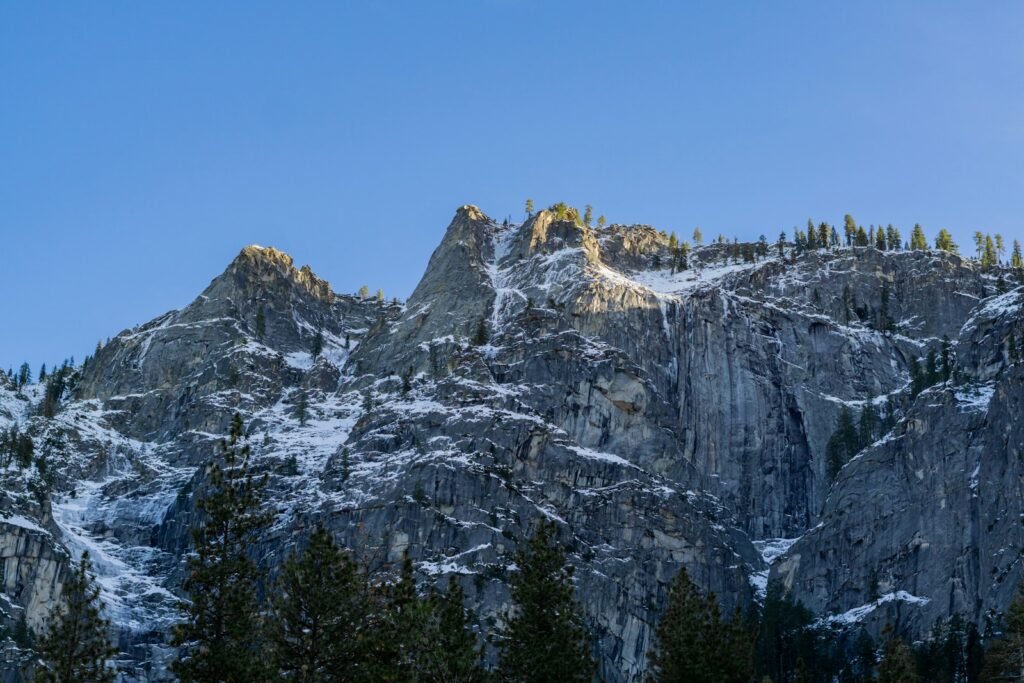
12. **Tlacotepehua Culture: A Glimpse into a Vanished People**The artifacts recovered from Tlayócoc Cave are believed to have been made by members of the little-known Tlacotepehua culture, a civilization that once inhabited the mountainous region of Guerrero. This identification is incredibly significant because, for centuries, very little has been known about this ancient group. They are referred to in scattered 16th-century references, but their way of life, beliefs, and artistic traditions have largely been lost to history, making this discovery a rare and vital window into their past.
Archaeologists have dated these objects to the Postclassic period of Mesoamerican history, specifically between A.D. 950 and 1521. This era, preceding the Spanish conquest, was a time of dynamic cultural exchange and diverse regional developments across Mexico. The Tlacotepehua, existing within this vibrant historical tapestry, likely developed their unique traditions and spiritual practices, elements of which are now beginning to emerge through the Tlayócoc findings.
The scarcity of information about the Tlacotepehua culture makes the Tlayócoc discovery not just interesting, but absolutely essential for researchers. It offers a tangible connection to a civilization that might otherwise remain a mere footnote in historical records. Miguel Pérez emphasized that the find provides crucial clues about their beliefs, craftsmanship, and even the trade networks they engaged in, given the marine origin of many of the artifacts in a mountain cave.
Historical records suggest that the extreme cold prevalent in the Sierra de Guerrero, with elevations rising over 7,850 feet, might have contributed to the Tlacotepehua people eventually migrating to lower, more hospitable lands. This environmental factor could explain their gradual disappearance from this high-altitude region and the eventual obscurity of their culture, underscoring the preciousness of this newly unearthed evidence that speaks volumes of their existence and legacy.
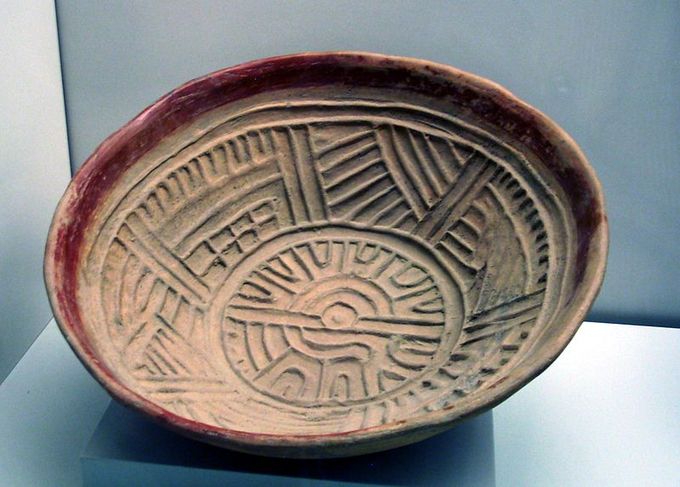
13. **Broader Cultural Connections and Trade Networks: Echoes Across Mesoamerica**The significance of the Tlayócoc Cave artifacts extends beyond the immediate understanding of the Tlacotepehua people; they also offer tantalizing hints about broader cultural connections and ancient trade networks spanning Mesoamerica. The black stone discs, for instance, are particularly compelling in this regard, bearing striking resemblances to similar objects found in other significant archaeological zones within Mexico.
Specifically, these discs share characteristics with those discovered in nearby sites such as El Infiernillo. More remarkably, they also show similarities to artifacts from more distant cultures, notably the Huasteca, a pre-Columbian civilization that thrived in what is now the northeastern part of Mexico. This geographical spread of similar objects is not coincidental; it points to a complex web of interactions that facilitated the exchange of goods, ideas, and cultural practices across vast distances.
Such resemblances imply that either the Tlacotepehua were part of extensive trade routes, acquiring materials or finished objects from other regions, or that they shared common cultural influences and artistic styles with neighboring and even distant groups. This suggests a vibrant interconnectedness among Mesoamerican civilizations, where knowledge, religious symbols, and artistic motifs could traverse diverse ethnic and linguistic boundaries.
These seemingly simple stone fragments, therefore, become powerful indicators of an ancient, sophisticated system of cultural exchange. They challenge the notion of isolated communities, instead painting a picture of a dynamic, interacting world where the movement of people, materials, and beliefs created a rich tapestry of shared heritage across a vast ancient landscape. The Tlayócoc Cave, high in the Guerrero mountains, now stands as a testament to these far-reaching connections.
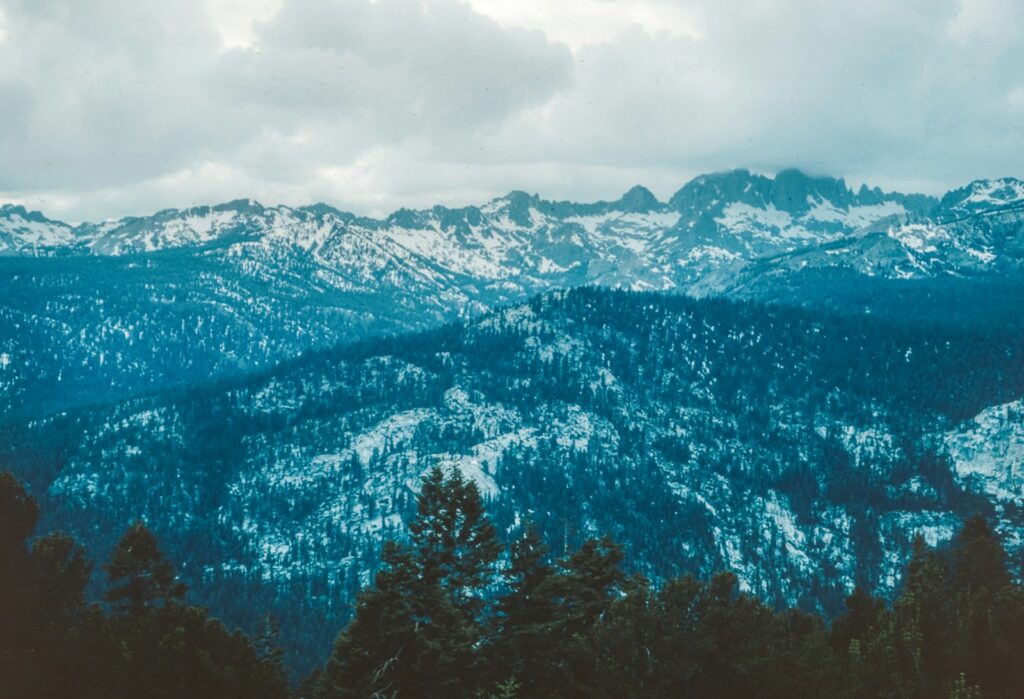
14. **Preservation and Future Insights: Unlocking Tlayócoc’s Remaining Secrets**The remarkable state of preservation of the Tlayócoc Cave artifacts is a testament to the unique environmental conditions within the hidden chamber. Archaeologists, including Miguel Pérez, noted that the “close environment where humidity is fairly stable” played a crucial role in protecting these delicate objects from degradation for over half a millennium. This natural encapsulation created a pristine time capsule, safeguarding the legacy of the Tlacotepehua people against the ravages of time and external elements.
Following their discovery, the artifacts were meticulously removed, cleaned, and inventoried by archaeologists from Mexico’s National Institute of Anthropology and History (INAH). This crucial initial work paves the way for deeper scientific analysis. Ongoing studies include carbon dating to establish precise ages, material analysis to identify their composition and origin, and soil sampling to understand the cave’s microenvironment and any organic traces that might shed further light on the rituals performed there.
Researchers are now striving not only to understand what these artifacts are but also to decipher the complex question of why they were left behind. Was it a single, monumental ceremony that culminated in the offerings, or were the objects deposited during several rituals spread out over many years? The deliberate arrangement suggests a sustained ceremonial importance, hinting at a continuous sacred use of this hidden chamber.
The Tlayócoc Cave, however, remains full of secrets. The exploration team anticipates additional discoveries, particularly deeper within the unmapped underwater passages. The allure of untouched chambers and the potential for more artifacts, symbols, or even traces of ancient human activity continue to drive the research. This ongoing endeavor promises to further unravel the mysteries of the Tlacotepehua and their profound relationship with the subterranean world.
Indeed, Tlayócoc is no longer merely an ordinary cave known for its water and guano; it has become an invaluable portal—an entrance to a forgotten faith, unread accounts, and a concealed past that is only just beginning to reveal itself. Each new analysis and every potential future dive holds the promise of illuminating more about this enigmatic civilization, enriching our understanding of Mesoamerican history in ways previously unimaginable.

